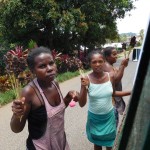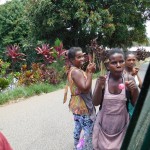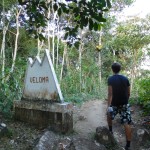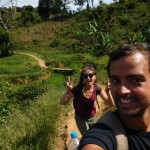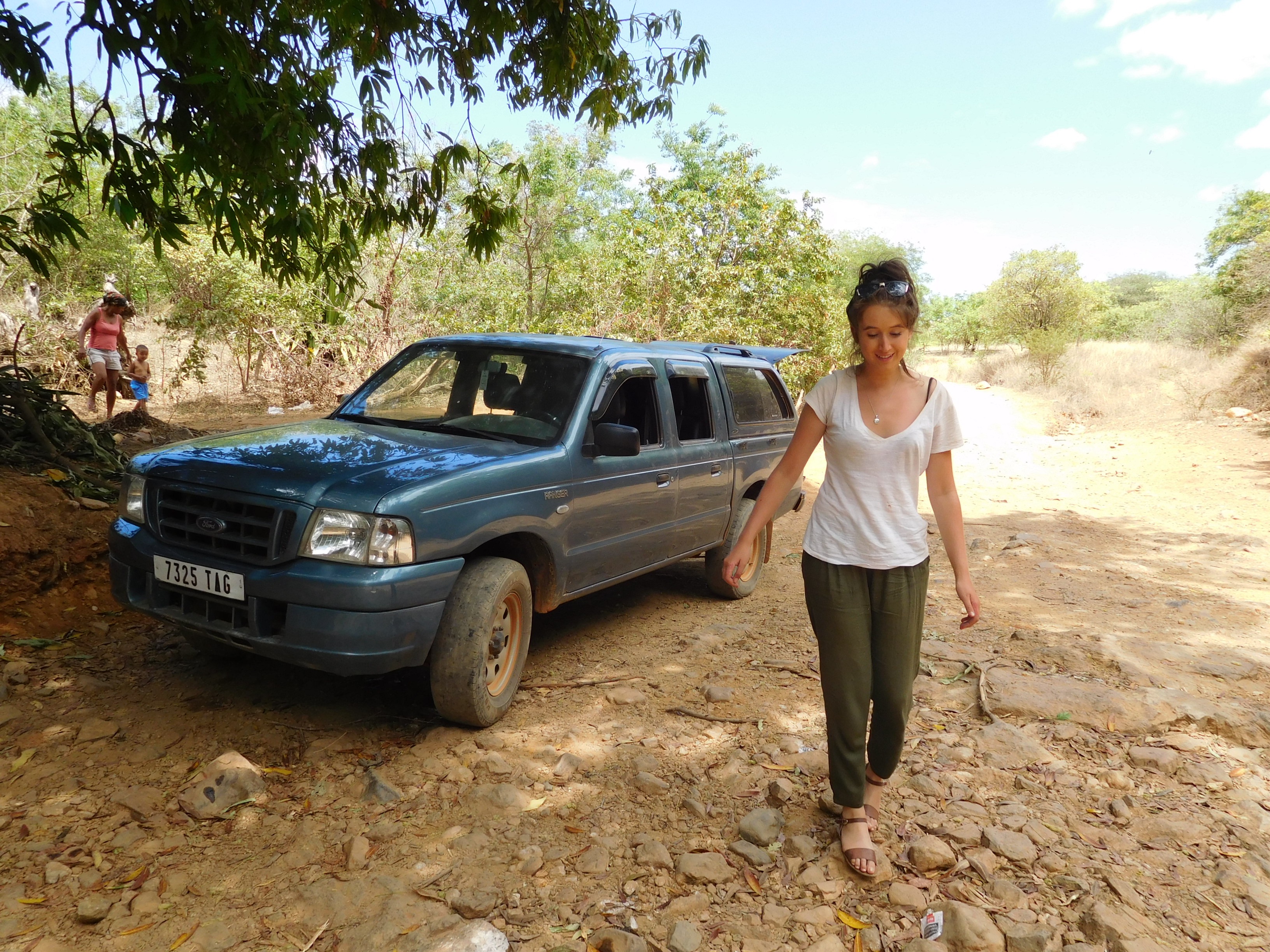Madagascar
Marojejy National Park: A Spectacular Setting for a Scary Sickness
There is one National Park in Madagascar that is the finest of them all. It is where you find the densest jungles, the most breathtaking views and the best-dancing lemurs in the Madagascar… Well maybe I am lying about the lemurs because after 6 weeks in Madagascar I still hadn’t seen any shaking their booties to ‘I Like to Move it, Move it’…
 Marojejy National Park is one of the most strikingly beautiful and wild areas of Madagascar. It is unique to the rest of the world. A place of dense, jungly rainforests; sheer, high cliffs, and plants and animals found nowhere else on planet earth. It is one of the most biodiverse and most beautiful of Madagascar, but also one of the most challenging national parks. A paradise for “advanced travelers”! The Malagasy words “maro” and “jejy” have several meanings, including “many stones”, “much rain”, but also “many animals” and “full of the ancestors’ spirits”.
Marojejy National Park is one of the most strikingly beautiful and wild areas of Madagascar. It is unique to the rest of the world. A place of dense, jungly rainforests; sheer, high cliffs, and plants and animals found nowhere else on planet earth. It is one of the most biodiverse and most beautiful of Madagascar, but also one of the most challenging national parks. A paradise for “advanced travelers”! The Malagasy words “maro” and “jejy” have several meanings, including “many stones”, “much rain”, but also “many animals” and “full of the ancestors’ spirits”.
And trust me… If you have the kind of luck we had you have to be an extremely advanced traveller to avoid having a mental breakdown…
Located in the rainforests of northeastern Madagascar between the present-day towns of Andapa and Sambava, the park is extremely accessible by a short (four hour) taxi brousse from Sambava. (The real challenge is getting to Sambava – most ‘advanced travellers’ fly in on an overpriced Air Madagascar flight, we held on for dear life in a 4×4 journey from hell).
Once you actually make it to the park (whether via on-road trauma or ‘glamorous’ Air Madagascar service) you are in for a real treat… I collected some of the parks history and general tantalising info from the Marojejy National Parks website…
Marojejy Massif was first described by Professor Henri Humbert of the Paris Natural History Museum in 1948. Humbert was an eminent botanist who arrived in Madagascar after exploring many of the mountain ranges in Africa. Following his expedition to Marojejy, Humbert published a book entitled A Marvel of Nature, in which he described Marojejy as the most impressive range in all of Madagascar due to its grandeur, its rich flora, and especially its pristine natural state. His enthusiasm led him to ensure that Marojejy was protected as one of Madagascar’s strict nature reserves.
Marojejy remained listed as a strict reserve from 1952 to 1998, when its status was changed to that of a national park. This change removed the restrictions which limited entry to research scientists only. As a national park, Marojejy is now open to all visitors.
In June of 2007, Marojejy was officially designated a UNESCO World Heritage Site in recognition of its unparalleled biodiversity and stunning landscapes. Marojejy shares this World Heritage Site status with five other national parks that protect Madagascar’s eastern “Rainforests of the Atsinanana.”
Marojejy National Park comprises 55,500 hectares (137,144 acres) of land, and protects the entire Marojejy Massif. The forests, ranging from low altitude rain forest through to high altitude montane scrub, harbor an impressive list of plants and animals: at least 275 species of ferns, 35 species of palms, 149 species of amphibians and reptiles, and 118 species of birds. The park is also home to eleven species of lemurs, including the critically endangered Silky Sifaka (Propithecus candidus).
Rugged and untamed, Marojejy is one of the few places in the world where you can hike from the dense, vine-shrouded jungle to the high mountain tundra in a relatively short distance. Even if you are not a seasoned biologist, you can’t help but note the extreme diversity of life forms and the changes in plant communities you encounter as you climb the mountain. Marojejy will appeal to all who value nature, the mountains, and wild places.
This park is seriously one of the most beautiful places I have had the pleasure of hiking through (not that I can claim to be a seasoned hiker…)
We had planned a wonderful 2-day hiking trip through the park aiming to spend a night in one of Marojejy’s incredible jungle campsites. We had packed our PJ’s, pasta and peanut butter and were excited for a night in the wilderness – far, far away from the craziness of Malagasy civilisation. Unfortunately, fate had other plans…
We jumped off the taxi-brousse, and made our way to the Marojejy Park’s visitor centre. An incredibly organised and impressive place for Malagasy standards…
 In the space of 10 minutes we were given a guide, paid our fees and quickly eaten a pineapple (yes, it is possible to quickly eat a pineapple). We were soon on our way.
In the space of 10 minutes we were given a guide, paid our fees and quickly eaten a pineapple (yes, it is possible to quickly eat a pineapple). We were soon on our way.
Just like everyone else we had met so far our guide was half our height and it always impresses me that these fun-sized professional hikers climb mountains on a daily basis.
But our fun was short-lived. As we passed through the villages (where our guide popped home to collect some food) and made our way into the park, Joost went from young, fit and fun to sad, sick and scary…
It all started well: our guide pointed out the ‘clitoris’ flower, we passed kids carrying machetes, we found a funky bird with a blue beak and we even took some fun selfies… And then Joost started to fade.
We made the responsible decision to head back down the mountain – knowing full well that if he got any worse on the way up the only escape would be evacuation via carried-down-by-villagers.
Joost walked on at a steady pace… Refusing to stop as I later found out he was afraid of not being able to start again if he stopped… Eventually we made it back to our guides village, where he kindly offered us to stay the night in his home…
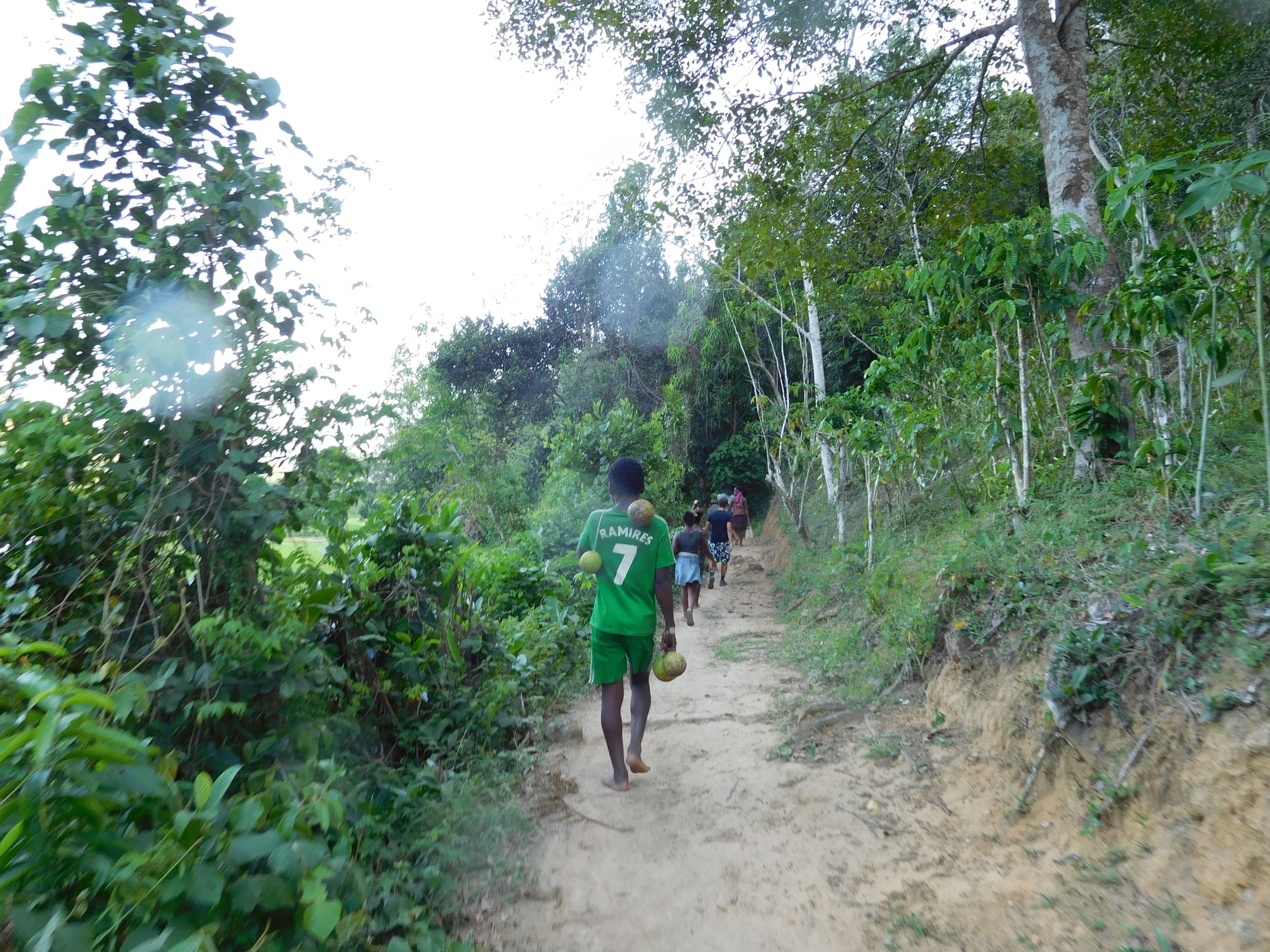 As I looked at Joost laying on the ground desperately drinking a coca cola to regain some energy I decided that a ‘basic’ night in a locals home may not be the best option for us… We had to get a car. This was going to be the real challenge.
As I looked at Joost laying on the ground desperately drinking a coca cola to regain some energy I decided that a ‘basic’ night in a locals home may not be the best option for us… We had to get a car. This was going to be the real challenge.
We were in luck. One of the locals happened to be a taxi brousse driver and was happy to offer us a ride back to the main road for a reasonable fee. We carried sickly Joost in the car, made our way back to the road and replaced his empty coke bottle with a fresh one.
Then we waited for a taxi. Somehow we were going to make it back to Sambava that evening and it seemed like an absolute miracle. I quickly stuffed my face with some greasy street food (after all I wasn’t sickly and deserved something greasy after that semi-hike…) and we stuffed ourselves in the typical tiny Malagasy cab.
Then I found myself in the back of a cab holding a sick boy who I had only known for a coupe of weeks, in an absolute wreck of a state. His temperature raised to what seemed like boiling point (like he wasn’t hot enough already) and covered in sweat and a head full of fever I could tell he was even more scared than I was. Because trust me, Madagascar is a terrifying country to get sick in.
The rest of the ride went painfully slowly and Joost started hallucinating…
…If I start hurting you or myself tonight make sure you get a security guard to help you…
 OK, I’ll give you a bit of context for the threat… Joost is a medical student and in a typical medical-student fashion always jumps to the worse case scenario and knowing that we could be potentially dealing with Malaria he was just going through worse-case risks… But I still must admit I considered that maybe it was time to go for separate hotel rooms for a night…
OK, I’ll give you a bit of context for the threat… Joost is a medical student and in a typical medical-student fashion always jumps to the worse case scenario and knowing that we could be potentially dealing with Malaria he was just going through worse-case risks… But I still must admit I considered that maybe it was time to go for separate hotel rooms for a night…
We arrived back at our hotel where I responsibly asked how much two rooms would be…
Hearing the price I decided we needed to risk it… And hey, I lived to tell the tale without a screatch…
(Not that I am suggesting that you should always share rooms with people that threaten to hurt you during the night… Unless maybe they are wonderful Dutch boys who go to Madagascar to help save lives and only mention the risk of abuse during feverish hallucinations)
For those of you who are a bit health-luckier than Joost and I, I would highly recommend aiming for 3 days of hiking to fully absorb and appreciate the beauty that is Marojejy. We were honestly devastated that we missed out on peaking (not to mention PJ’s pasta and peanut butter fun). Please go. Send me photos. Let me live vicariously through you…
Parc National Marojejy
BP 19 – ANDAPA 205
Tel: + (261 20) 88 070 27
Contact Information
Email: info@marojejy.com, website: http://travel.marojejy.com
marojejy.com can arrange transportation and other custom packages for independent travellers in the Marojejy, Andapa, Anjanaharibe-Sud, and Masoala areas. For further information, please visit our website or contact us at the addresses listed above.
Andapa
- Marojejy National Park, B.P. 19, Andapa 205, Madagascar,
phone: (261) 20.88.070.27 - Hotel Beanana, phone: (261) 20.88.070.47 or (261) 32.40.226.10,
email: hsbeanana@yahoo.fr, website: http://beanana.marojejy.com or http://hotel-beanana.no-ip.com - Hôtel Vatosoa, phone: (261) 20.88.070.78 or (261) 32.02.603.89,
email: vatosoa_andapa@yahoo.fr - Chambre Bungalow Riziky, phone: (261) 32.40.214.22,
email: riziky.bungalows@gmail.com, website: http://riziky.marojejy.com - Régal Restaurant “Le Relais des Montagnes”, closed since February 2009
Sambava
- Hotel Orchidea Beach, phone/fax: (261) 20.88.923.24, phone: (261) 32.04.383.77, email: orchideabeach2@yahoo.fr, website : http://orchideabeach.marojejy.com
- Hotel Las Palmas, phone: (261) 20.88.920.87 or (261) 32.40.073.72, email: las.palmas@laposte.net
- Hotel Carrefour, phone: (261) 20.88.920.60
- Hotel l’Ambassadeur (Chez Zoé), phone: (261) 32.07.927.45, email: razafizoe@yahoo.fr
- Hotel Florencia, phone: (261) 32.02.466.21
- Hotel Mimi, phone: (261) 32.07.610.28, email: mimi.hotel.resto@gmail.com website: http://mimi-hotel.marojejy.com
| There are three camps being operated within the camps boundaries. From the park’s entry there are four kilometres left for Camp 1. Camp 2 is another 1,5 hour away and is located much higher. The last 900 meters of the trail have 450 meters of firm climb uphill elevation, which makes it a sweating effort. If the almost permanently present clouds clear up, a breathtaking view over the towering Marojejy summit and the surrounding fabulous forests will make you surely forget all painful feet, soaring blisters, leeches’ bites and soaked clothes. |
A rewarding three day expedition would look like following: Day one Andapa to Mandena and hike from here to Camp 2. Day two: silky sifaka tracking early in the morning and hike back to Camp 1. After lunch hike one kilometre to the nearby Humbert waterfall, followed by a short night walk. On day three you hike back to the park’s entrance and from there get onto you jeep back to Andapa.


